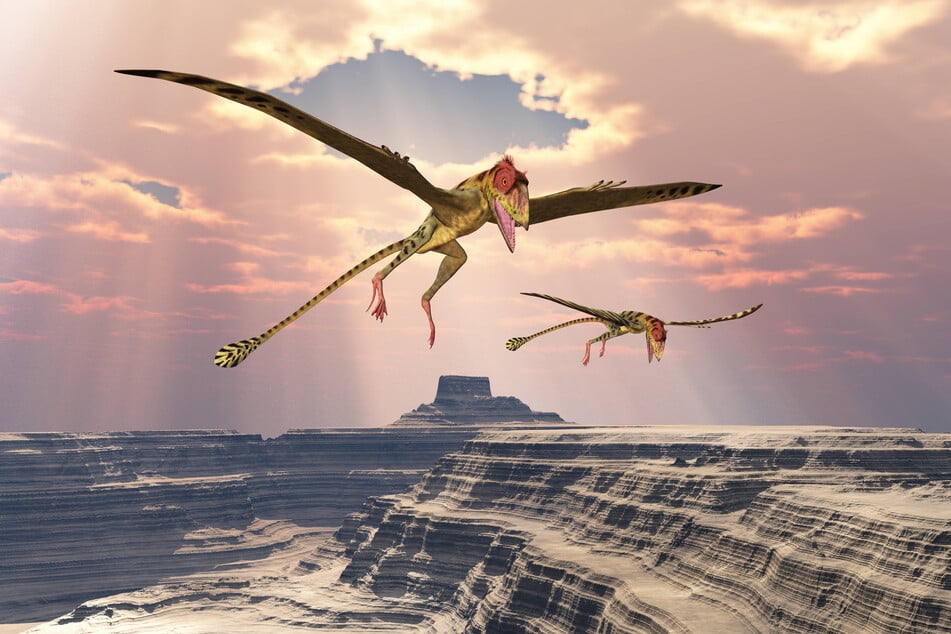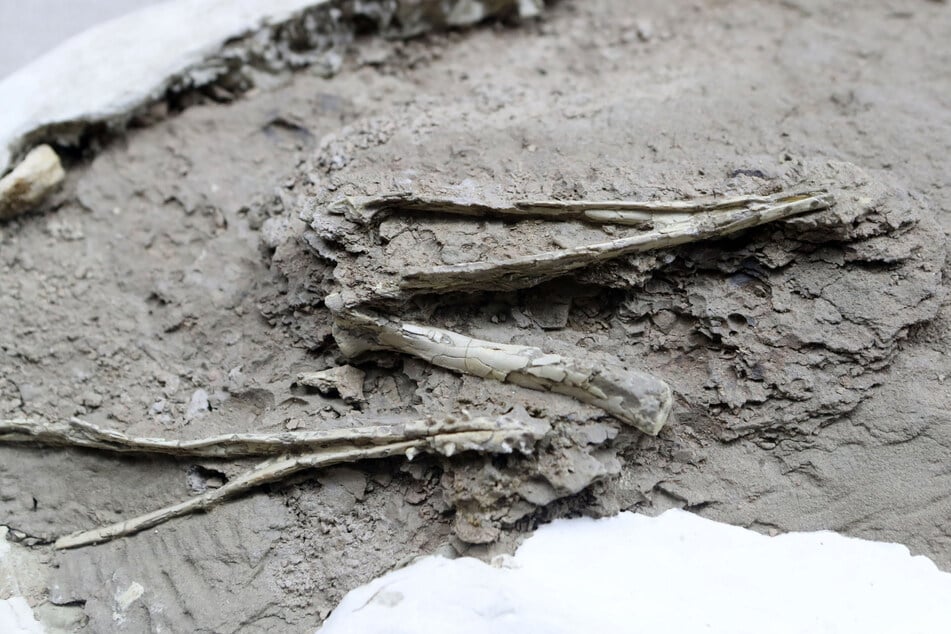Crazy "demonic pelican" dinosaur fossil found in the Australian outback
Richmond, Australia - When Kevin Petersen went digging for fossils three years ago, he probably didn't expect to end up with a "demonic pelican" dinosaur named after him. Yet, that's exactly what happened.

In the heat and dust of western Queensland in 2021, a team of dedicated scientists dug through the dried-up soil for fossils to include in a museum in the nearby town of Richmond.
What fossil curator Kevin Petersen discovered, however, was far more interesting and valuable than he'd bargained for – a 100 million-year-old fossil of a previously unknown dinosaur species.
Hidden among the rocks, Petersen's careful archeological digging unearthed the remains of a massive flying predator with a whopping two-foot wide jaw of sharp teeth.
Once it had been excavated, the remains were carefully extracted and studied by a team of scientists from Curtin University, who have now released a study in Scientific Reports / Springer Nature, confirming it to be a new species.
"The group that I work with have sort of been called 'demonic pelicans'," Adele Pentland, a PhD candidate who led the Curtin University research team, said.
"The specimen includes complete lower jaws, the tip of the upper jaw, 43 teeth, vertebrae, ribs, bones from both wings, and part of a leg," said Pentland of the discovery.
"Also present are very thin and delicate throat bones, indicating a muscular tongue, which helped during feeding on fish and cephalopods."
Newly discovered dinosaur named after its finder

Having discovered the most intact skeleton of the creature to have ever been found, Petersen's excavations allowed it to finally get named as a unique dinosaur species.
Eventually the name "Haliskia peterseni" was chosen, roughly translating to "Petersen's phantom of the sea."
The dinosaur's namesake was understandably psyched!
"I'm getting pretty excited – it's hard to explain, a bit of relief that it's finally all over, and it's definitely a new species," said Petersen.
The report itself admitted that the creatures' wingspan "cannot be determined with certainty," but said that it can be estimated. Based on comparisons, "the wingspan of Haliskia is estimated at approximately 4.60m," the equivalent of about 15 feet.
It is believed that the creature once flew through the skies of western Queensland, where a shallow sea used to be, hunting and feeding on marine life.
Pentland contextualized just how huge this is for a flying animal, explaining, "That's bigger than the largest bird we have around today, bigger than any species of albatross."
"I've never seen anything like it in Australia... I wouldn't be surprised if someone digging at these public dig pits outside of Richmond found something even more complete. I think it's only a matter of time."
Cover photo: IMAGO/Zoonar
